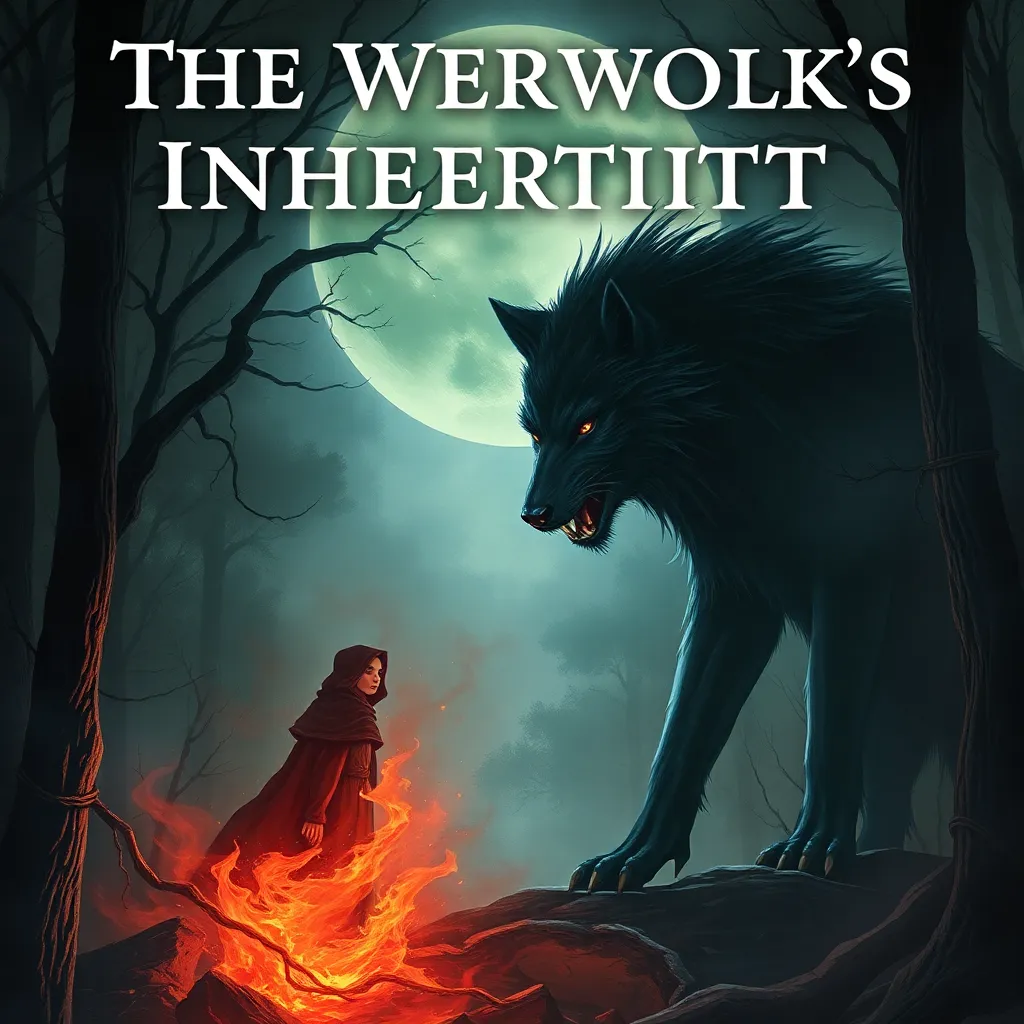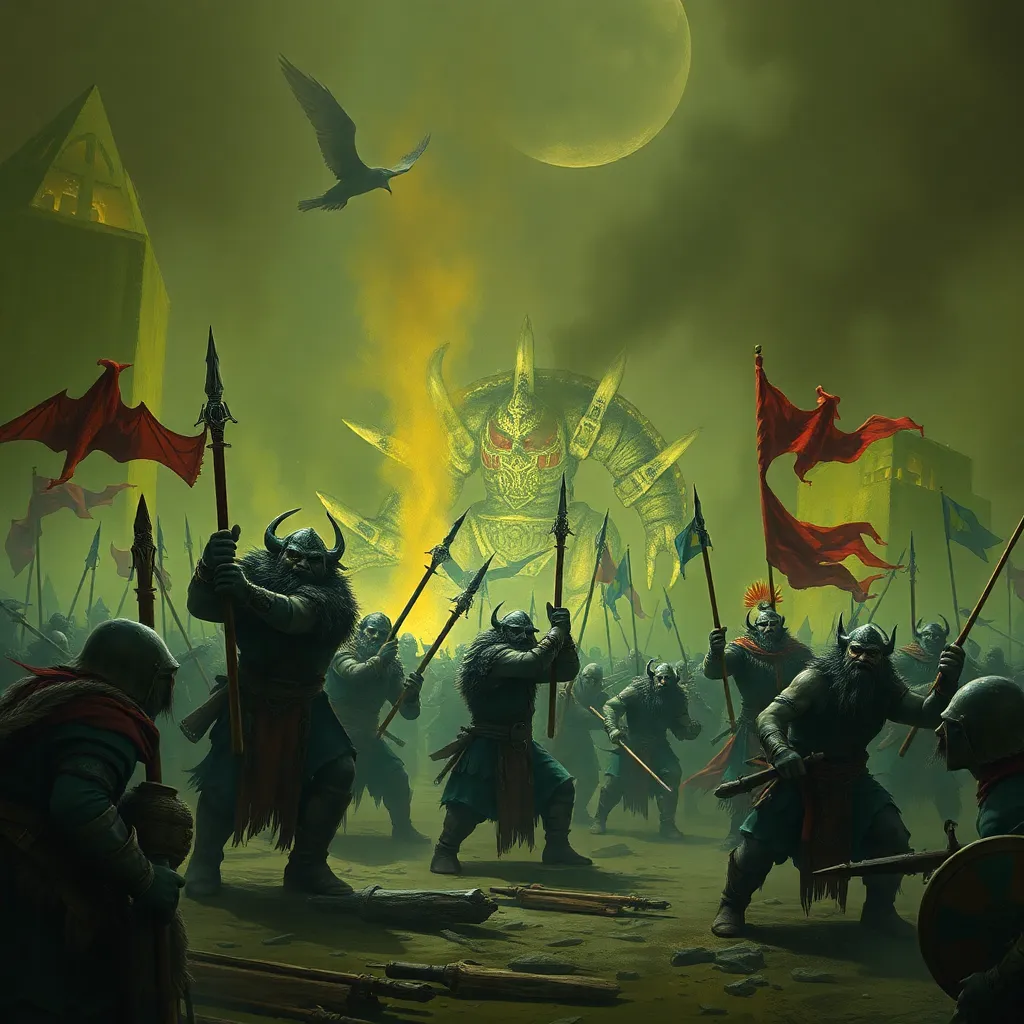Nordic Gnomes: The Huldufolk of Iceland
I. Introduction to Huldufolk
The Huldufolk, often referred to as the hidden people, hold a special place in Icelandic folklore. These mystical creatures are said to live in the hills and rocks, invisible to the naked eye of most humans. The term “Huldufolk” translates to “hidden folk,” and they are often considered protectors of nature and the environment. Their significance in Icelandic culture is profound, as they embody the connection between the people and their stunning, rugged landscape.
Nordic folklore is rich with tales of various mystical beings, including elves, trolls, and gnomes. Among these, the Huldufolk are unique due to their deep-rooted ties to Iceland’s natural beauty and the traditions of its people. They serve as a reminder of the magical elements of the world that are often overlooked in modern society.
II. Origins and History of Huldufolk
The origins of the Huldufolk can be traced back to ancient Icelandic mythology, where they emerged as part of a broader belief in a world filled with supernatural beings. The earliest mentions of hidden people in Icelandic texts date back to the 12th century, though oral traditions likely existed long before this.
These creatures are closely linked to the traditions of the Vikings, who revered nature and believed in various deities and spirits residing in the natural world. The Huldufolk can be seen as a continuation of these beliefs, representing the spirits of the land and the ancestors who lived in harmony with it. Their lore reflects the values of the Norse people, emphasizing respect for nature and the unseen forces that govern the world.
III. Characteristics of Huldufolk
A. Physical Appearance and Distinctive Traits
Huldufolk are often depicted as small, human-like beings, similar to gnomes or elves, with distinct features that set them apart from ordinary humans. They are usually described as:
- Having pointed ears
- Wearing traditional Icelandic clothing, often made from natural materials
- Possessing a magical aura that makes them difficult to see
Some legends suggest that they can appear as beautiful humans to those who are kind-hearted or respectful of nature.
B. Behavioral Qualities and Social Structure
The Huldufolk are known for their elusive and secretive nature. They prefer to avoid human contact, but they are not malevolent. Instead, they are often described as mischievous yet benevolent beings who will help those who treat the environment with respect. Their social structure is thought to mirror that of humans, with families and communities that live in harmony with the natural world.
IV. Huldufolk in Icelandic Culture
A. Role in Folktales and Literature
The Huldufolk have played a significant role in Icelandic folktales and literature. Many stories depict them as protectors of the land, warning humans against disrespecting nature. These tales serve not only as entertainment but also as moral lessons about the importance of living in harmony with the environment.
Some well-known stories include:
- The tale of the man who befriended a Huldufolk and received great fortune in return.
- Legends of Huldufolk helping lost travelers find their way home.
- Stories cautioning against disturbing their homes, such as rocks and hills, which are believed to be their dwellings.
B. Influence on Modern Icelandic Art and Media
The influence of the Huldufolk extends into modern Icelandic art, music, and media. Artists often draw inspiration from these mythical beings to create works that celebrate Icelandic heritage and the beauty of the natural world. Films, books, and songs frequently incorporate Huldufolk themes, keeping the legends alive for new generations.
V. Huldufolk and Nature
A. Relationship with Icelandic Landscapes and Ecosystems
The Huldufolk are intrinsically linked to Iceland’s breathtaking landscapes, including its mountains, valleys, and volcanic formations. Many natural sites are believed to be the homes of Huldufolk, and these locations are often treated with reverence by locals. This connection emphasizes the importance of nature in Icelandic identity and culture.
B. Environmental Beliefs Associated with Huldufolk
The belief in Huldufolk fosters a sense of environmental stewardship among Icelanders. Many people hold the view that disturbing Huldufolk homes, such as rocks or hills, can bring bad luck or misfortune. This belief has led to:
- Careful planning in construction projects to avoid disturbing suspected Huldufolk sites.
- A general respect for nature and efforts to protect the environment.
These beliefs highlight the importance of maintaining a balance between human activity and the natural world.
VI. Huldufolk in Contemporary Society
A. Beliefs and Practices of Modern Icelanders
In contemporary Iceland, many people still believe in the Huldufolk or at least acknowledge their cultural significance. This belief is often intertwined with a broader respect for nature and environmental conservation. Some Icelanders may even leave offerings, such as food or small gifts, to appease the Huldufolk and ensure harmony between humans and nature.
B. Festivals and Events Celebrating Huldufolk
Various festivals celebrate the folklore of the Huldufolk, drawing both locals and tourists. These events often include:
- Storytelling sessions featuring traditional tales.
- Art exhibits showcasing Huldufolk-inspired works.
- Nature walks to sites believed to be inhabited by the hidden people.
These festivals serve to educate attendees about Icelandic culture and the importance of its folklore.
VII. Huldufolk and Tourism
A. Impact on Iceland’s Tourism Industry
The mythology of the Huldufolk has significantly impacted Iceland’s tourism industry. Tourists are often drawn to the allure of these mystical beings and the enchanting landscapes associated with them. Many tour operators offer specialized tours that focus on Huldufolk lore, taking visitors to locations believed to be their homes.
B. Attractions and Tours Related to Huldufolk Mythology
Some popular attractions and tours include:
- Guided hikes to Huldufolk sites.
- Storytelling evenings in traditional Icelandic settings.
- Art galleries featuring works inspired by Huldufolk legends.
These experiences offer tourists a unique glimpse into Icelandic culture and its rich tapestry of folklore.
VIII. Conclusion
A. The Enduring Legacy of Huldufolk in Iceland
The Huldufolk continue to be a vital part of Iceland’s cultural identity, representing a bridge between the past and present. Their stories and beliefs encourage a profound respect for nature and the environment, which is crucial in today’s world.
B. Reflection on the Importance of Folklore in Cultural Identity
Folklore, like that of the Huldufolk, plays an essential role in shaping cultural identity. It provides a sense of belonging and continuity, reminding people of their roots and the values that define them. As long as stories of the Huldufolk are told, they will remain an integral aspect of Iceland’s rich cultural heritage.



